Animal proteins are essential to our body and therefore that of baby. They are excellent protein sources and constitute iron intake , vitamin B12 as well as omega 3 : very important nutrients for child growth . Animal proteins bring together meat, fish and eggs.
When can we introduce animal proteins into baby's diet?
From the start of the food diversification led by the child, it will be important to introduce small quantities of animal proteins into its diet by adapting the textures and the form of presentation .
Animal proteins are foods asking the most questions during the start of food diversification, why?
Quite simply, because:
- The texture is often a problem;
- The quantity to offer to baby is regulated so as not to exhaust baby's kidneys still too immature than to be able to digest large amounts of animal protein.
Photo: © Moon and the other
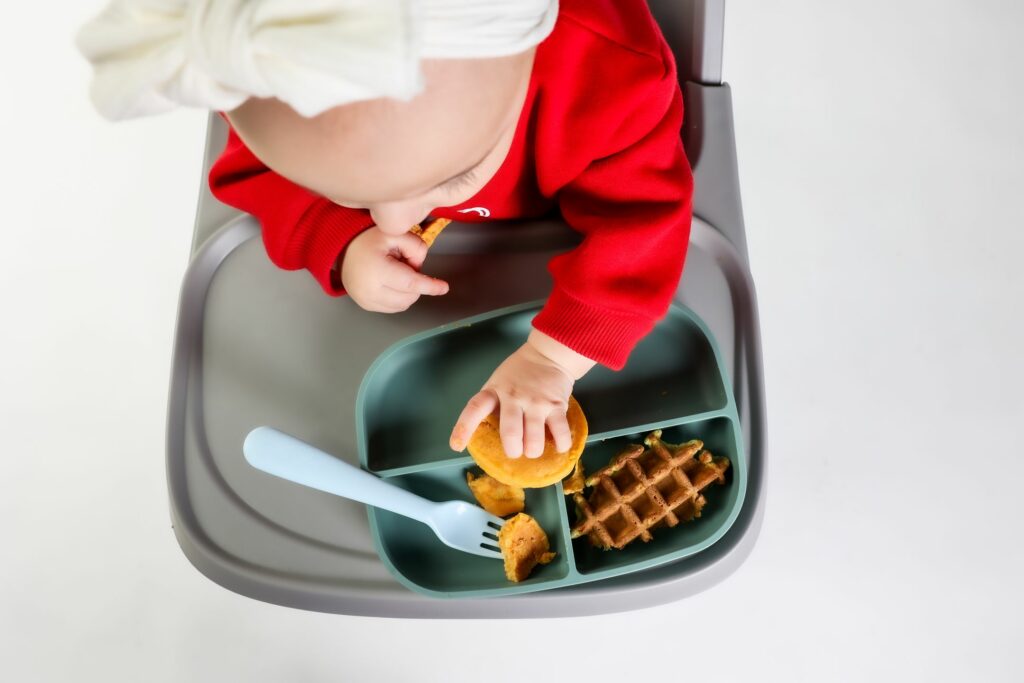
How much animal protein to give to baby?
When preparing the baby's plate, pay attention to the following recommendations from the health authorities:
- 10 g per day (or 2 teaspoons of animal protein or 1 quarter of egg) before the age of 1 year ;
- 20 g per day (i.e. 4 teaspoons of animal protein or 1 half-egg ) before the age of 2 years ;
- 30 g per day (or 6 teaspoons of animal protein or 1 egg ) before the age of 3 years .
It is important to know that baby's food balance a week . Do not panic if you exceed the proportions on a day! It is much easier to adapt your menu over a week than daily. If baby eats a little more animal protein one day, decrease the quantities the next day.
During the BLW , the ideal is to vary as much as possible the different sources of animal protein in the baby plate. We often tend to eat too much meat in relation to our needs. The recommendations to vary animal proteins over a week are as follows:
- 2 to 3 meals based on meat ;
- 2 meals based on fish ;
- egg -based meals .
Also think of legumes which are an alternative vegetable owl bringing just as much baby iron!
Point of attention on animal proteins in baby's diet
The different animal proteins will always be offered well cooked to baby.
From a microbiological point of view, raw meats , raw fish and raw or little cooked are food at risk . They are to be avoided in baby feeding up to the age of 4 .
Leave the happiness of discovering new flavor every age. Carpaccio, tartare, smoked salmon, sushi, calves or hull eggs, etc. will awaken baby's taste buds after the age of 4.
BLW meats
From the start of the BLW , you can offer baby white or red such as pork, chicken, turkey, duck, beef, etc. We still advise you to start with less strong meats in taste such as beef, chicken and calf.
It is also advisable to avoid industrial cold meats having no nutritional interest in baby and being far too often rich in salt , additives and saturated fat. In addition, cold meats are among the raw meats to absolutely avoid before the age of 4.
The cooked ham can occasionally be offered to baby during meals.
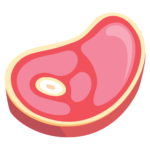
How to offer baby meat?
To introduce the real flavor of different baby meats, it is quite possible to offer him well -cooked meat slats or even cooked meat meat .
After the BLW discovery phase , you can offer baby meat in gourmet recipes to make at home. Choose melting meat meat recipes made from meat so that baby can easily eat without teeth like dumplings , cakes or keftas .
When Baby will master the "pliers " formed with his thumb and index finger to catch food, you can offer him the meat in small melting pieces directly on his plate.
BLW fish
From the start of the BLW , you can offer well -cooked and edge at your little one like salmon, cod, sole, etc.
One of the two meals based on fish over the week must be prepared with a fish with a highly omega 3 content such as mackerel, herring, trout or even sardine.
It is strongly advised to avoid fish that can contain heavy metals such as eel, carp, monkfish, bar, sea bream, etc. The tuna is a highly mercury fish, it will be possible to offer it in moderation to baby.

How to offer baby fish?
From the start of the BLW , it will be possible to introduce your little to the real flavor of the fish by offering them well cooked and in the form of large strips or in puree compounds if the fish is too crumbly.
After the discovery phase , you can offer baby fish in gourmet homemade recipes. Opt for melting recipes in the mouth such as dumplings , fishstick or muffins . It is also possible to offer the fish in the form of a spread to present on a carrier or using the pre-filled spoon .
When Baby will master the pliers formed with his thumb and index finger to catch food, you can directly offer crumbled fish in the plate of your little one. Baby will also be able to eat the fish using a fork when its fine motor skills are well developed.
BLW eggs
From the start of the food diversification led by the child, you can offer baby eggs. However, this introduction into baby's diet will have to be done with attention and precaution since eggs are among the 14 major allergens .
Eggs in the baby's plate will be able to take the form of an omelet or a hard egg . They can also be integrated into homemade meal or snack recipes after the discovery phase.
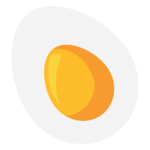
What can I replace the egg with?
The egg is often one of the ingredients necessary for the creation of culinary preparations such as flans, cakes or even cookies. It is therefore important to make sure not to offer a baby egg too much so as not to tire your still immature kidney.
It is easily possible to replace the egg in baby recipes:
- 55 g of apple compote for recipes for muffin, cakes or pancakes;
- 1 crushed banana for snack preparations;
- 60 g of yogurt to replace the beaten egg in recipes;
- 3 tsp. to s. Aquafaba (chickpea juice) to replace an entire egg;
- 2 tsp. to s. Aquafaba to replace an egg white. Perfect for recipes requiring egg whites mounted in snow like meringues or homemade mayonnaise;
- 1 tsp. to s. flax seeds ( 15 ml) mixed with 2 tsp. to s. water (30 ml) for recipes needing a rising agent. Only possible for recipes containing 1, 2 or even 3 eggs maximum;
- 50 g of tofu for recipes requiring a large amount of eggs or recipes needing a raising or binding agent. Please note, the tofu is made from soybeans, an allergen;
- 1 tsp. to s. chia seeds in 5 tsp. to s. water for recipes needing an agent binding like muffins, cakes, etc. Let the mixture rest until it is firm;
- 3 tsp. to s. chickpea flour in 3 tsp. to s. water for savory preparations such as omelettes, quiches, etc.
There are also many recipes to prepare without eggs !
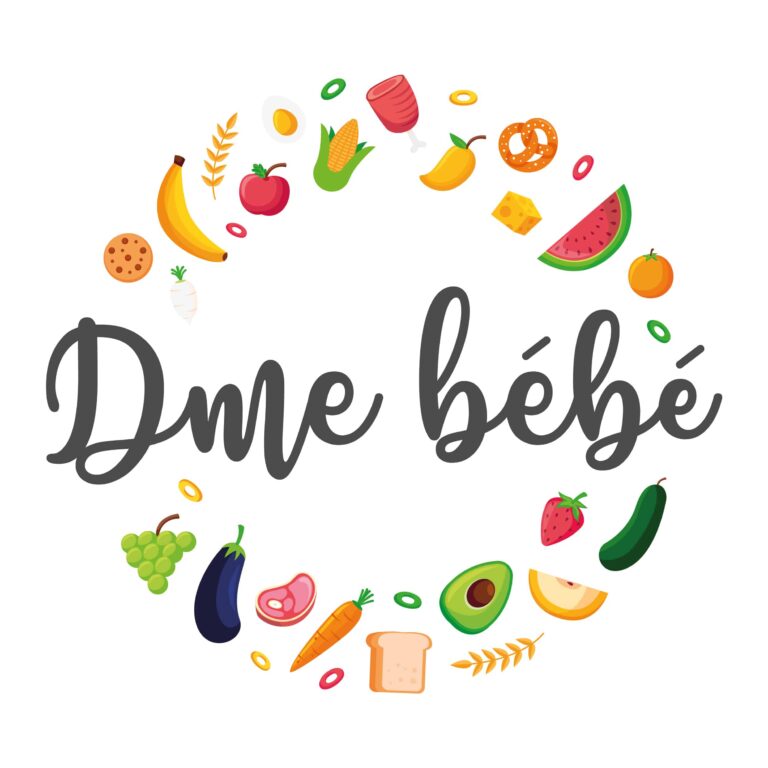
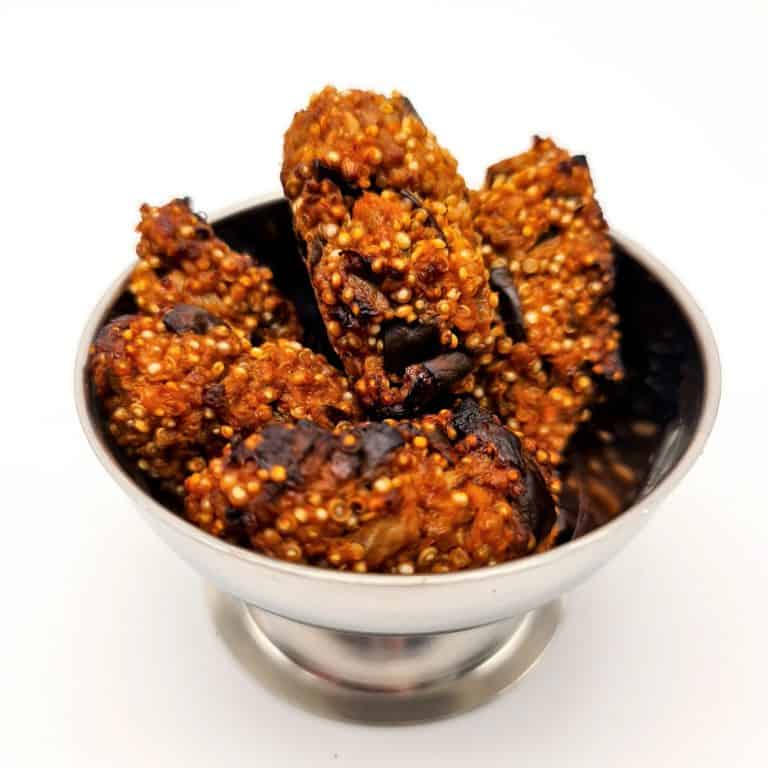
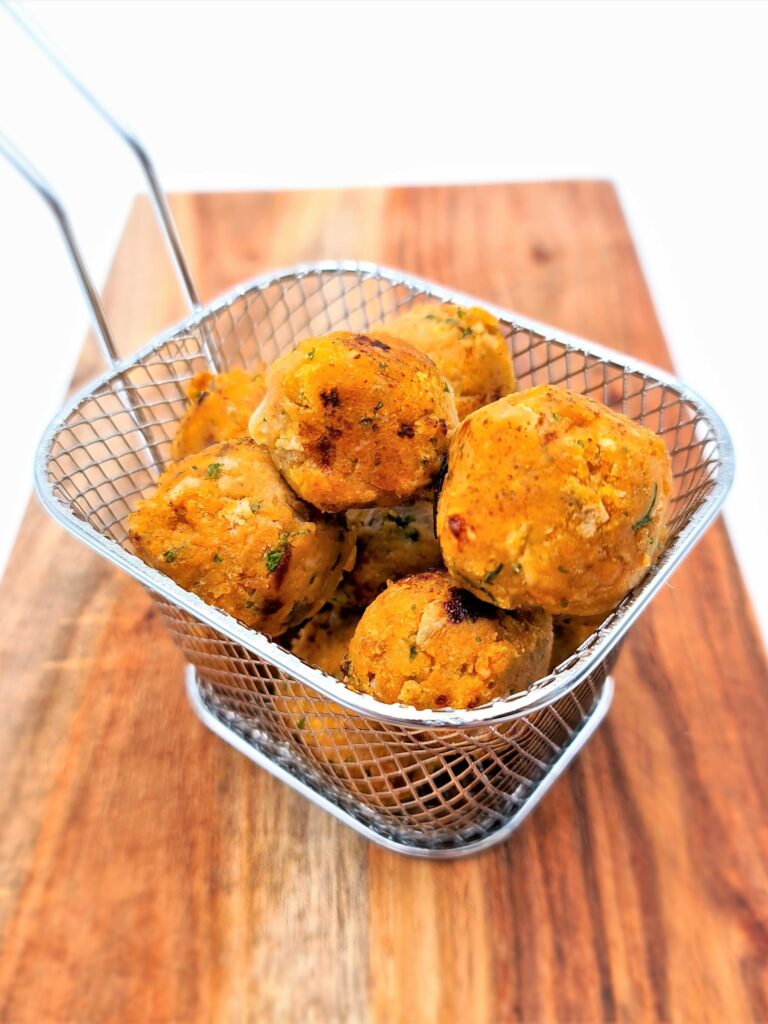
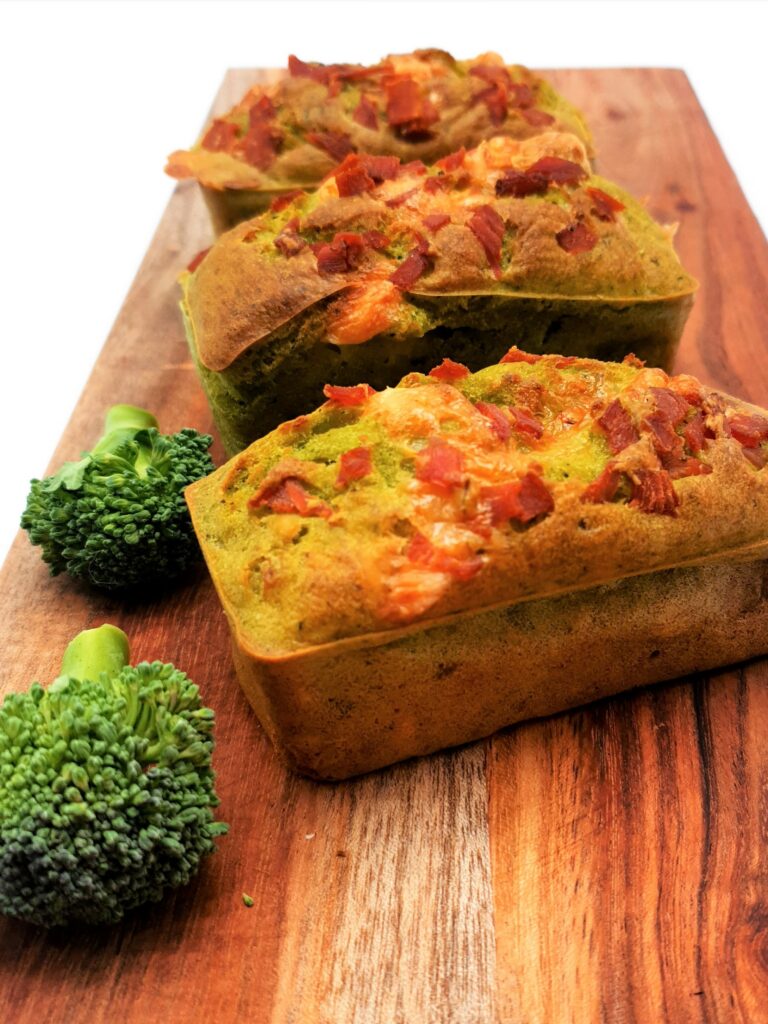
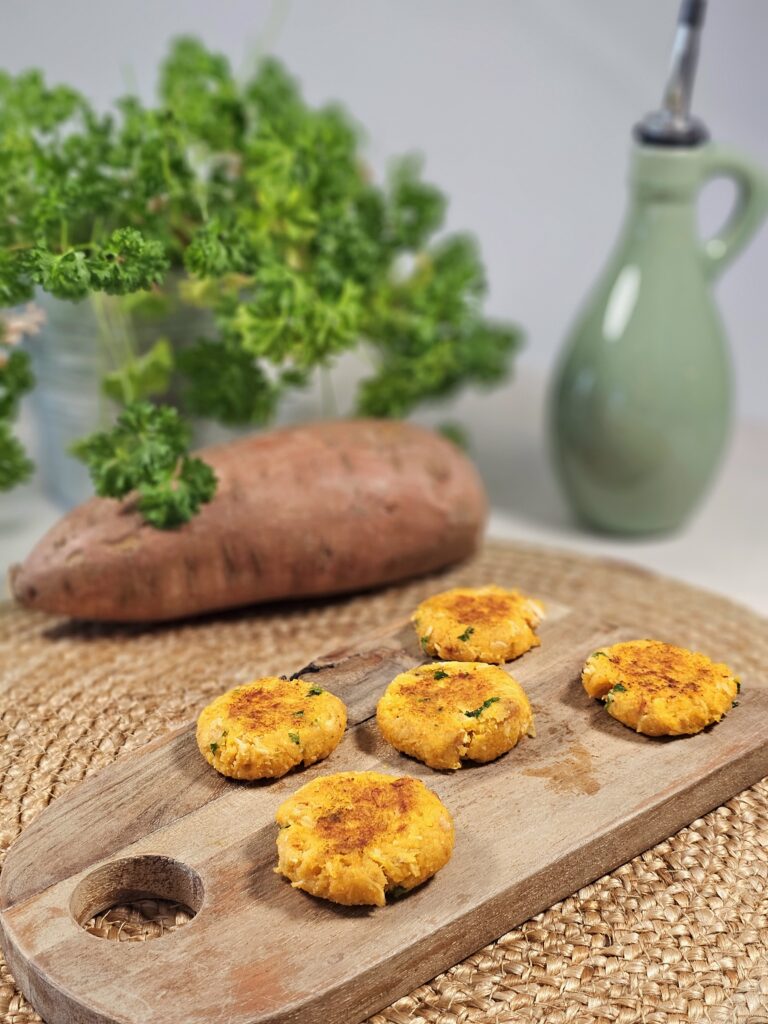
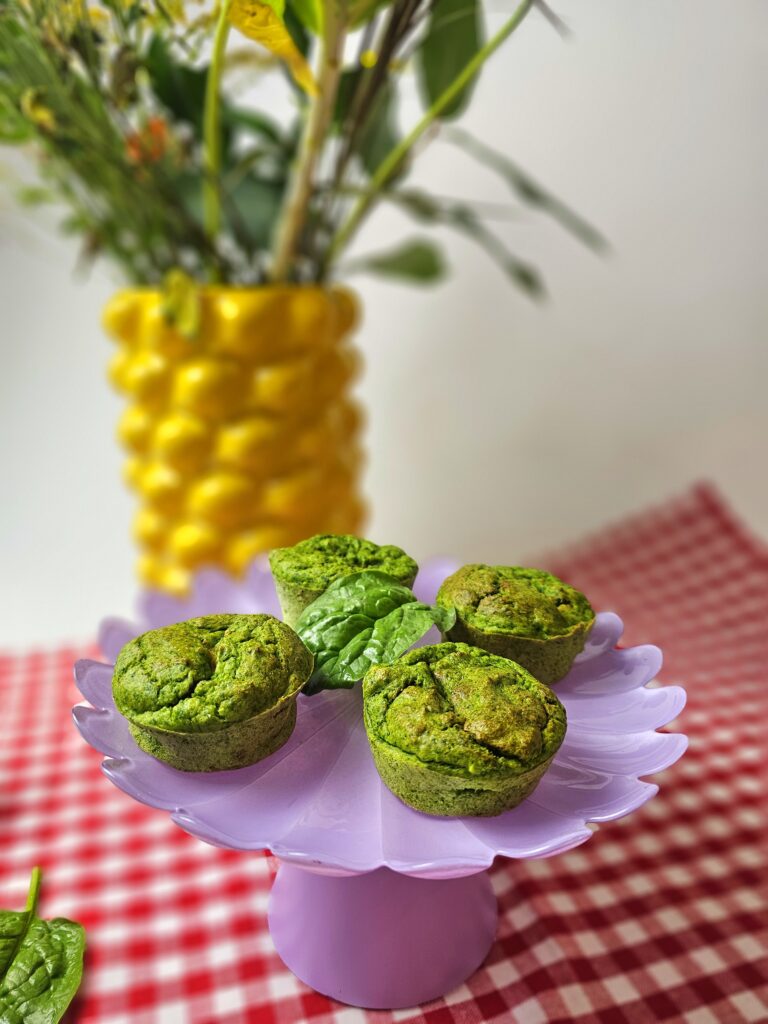
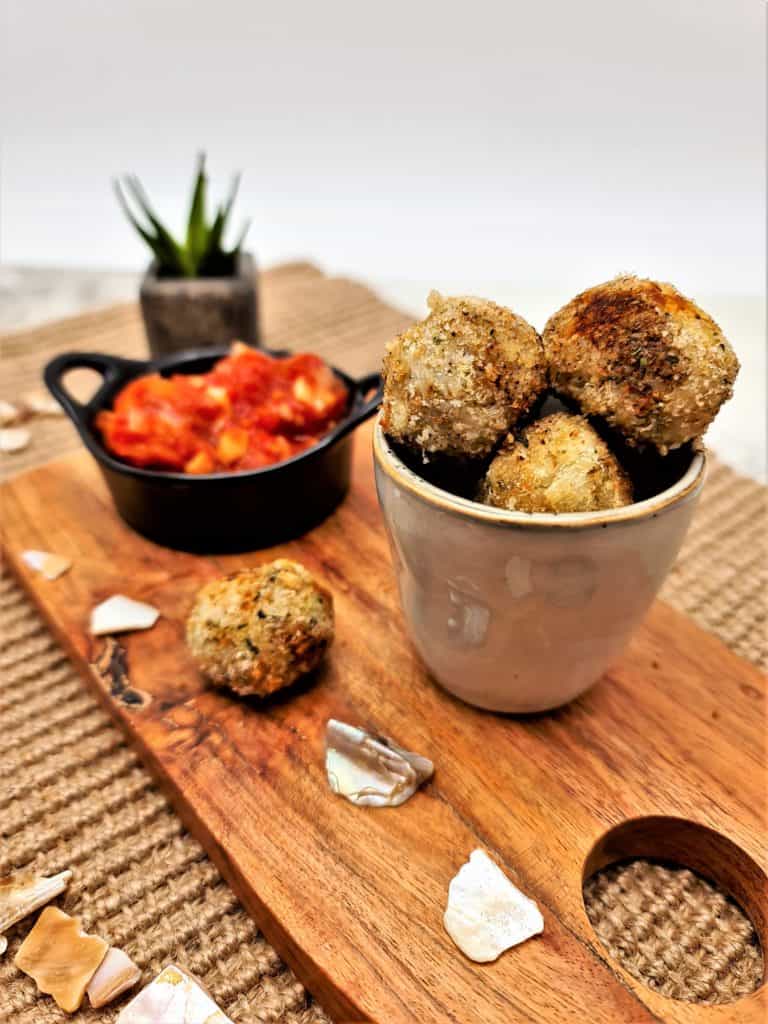
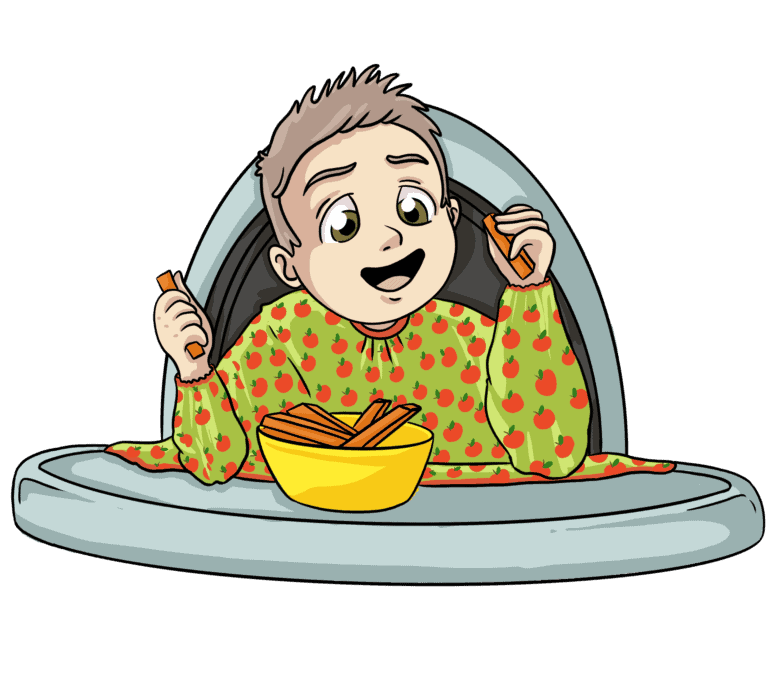
2 responses